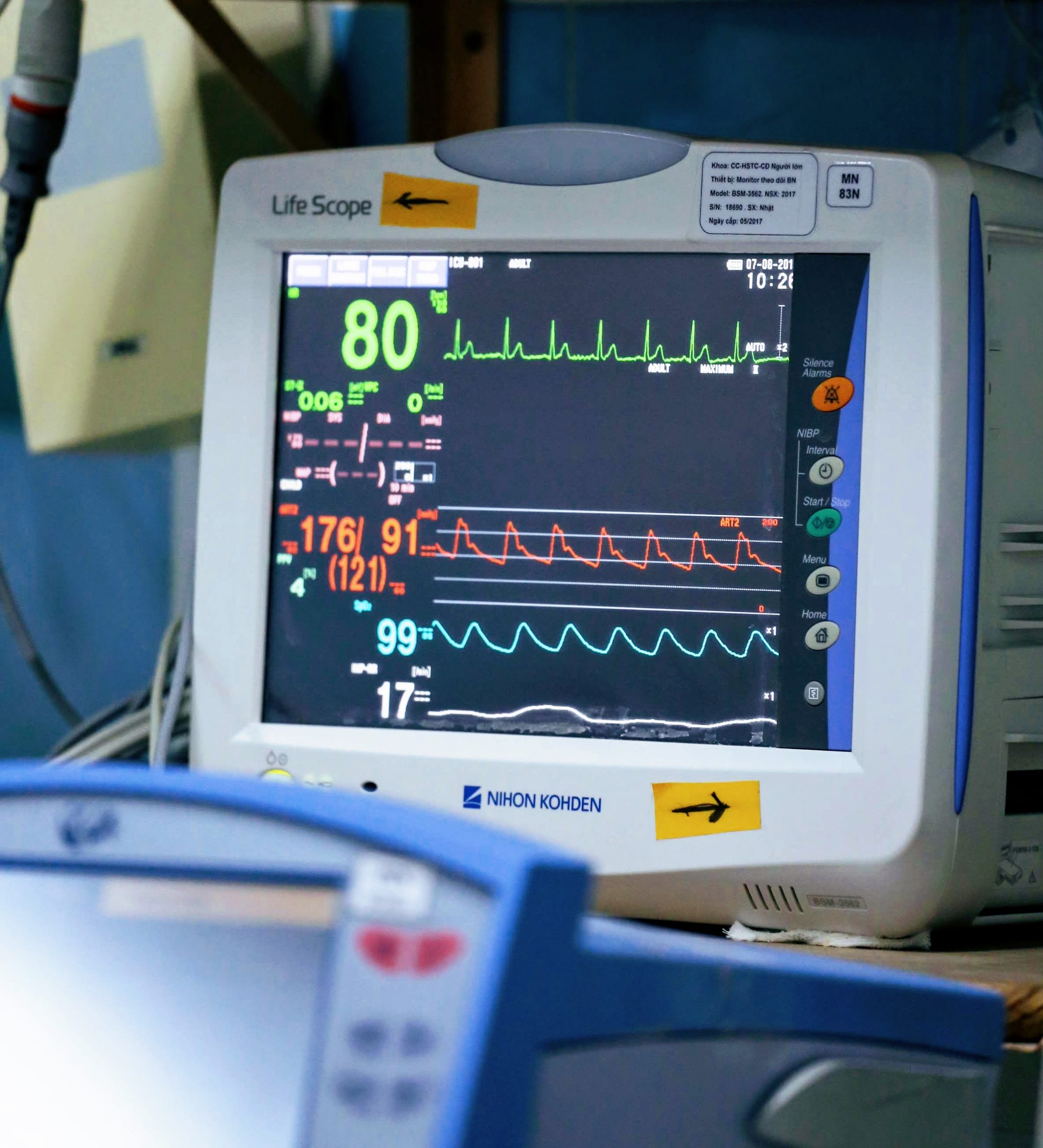Monitoring

Careful patient monitoring is essential to provide the best care of critically ill patients. VITAL is looking at different ways to improve patient monitoring in the diseases seen commonly in the Hospital for Tropical Diseases.
Monitoring Vital Signs
VITAL is investigating whether low-cost devices, including wearable sensors, can be used as alternatives to conventional ICU monitors to monitor vital signs such as heart rate, ECG and pulse oxygen saturations in critically ill patients.
Leads: Louise Thwaites and David Clifton
Monitoring Specific Syndromes
We are developing a wearable sensor to specifically monitor patients with dengue. The monitor aims to measure blood pressure, pulse, temperature, and haematocrit continuously.
Leads: Sophie Yacoub, Alison Holmes, Damien Ming and Pantelis Georgiou
Monitoring Fluid Shift
We are developing a bioimpedance device to specifically monitor fluid changes occurring in dengue fever and sepsis.
Leads: Louise Thwaites and Walter Karlen
Monitoring Intracranial Pressure
VITAL is investigating a low-cost and non-invasive way of monitoring intracranial pressure using point-of-care ultrasound to measure optic nerve sheath diameters in patients with TB meningitis.
Leads: Guy Thwaites and Joseph Donovan
Work Update
24 August 2020
Clinical studies are underway using wearable sensors to monitor patients with sepsis, dengue and tetanus. We are comparing how data from wearable sensors compares to expensive conventional ICU monitors and working out ways to improve the quality of the data we are collecting with the wearable sensors.
We have completed the first phase of testing the D~AMBICA bio-impedance device in healthy volunteers and have moved to phase 2: testing the device in patients with dengue. This will allow us to see if the D~AMBICA can track fluid movement in patients in a real-life clinical setting.










